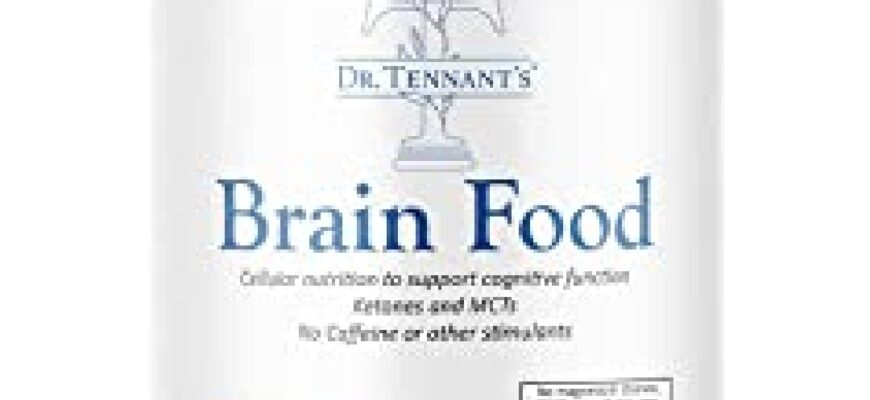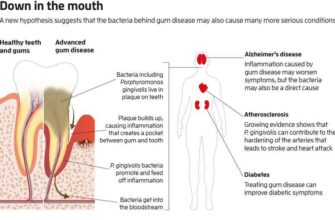The Persistent Puzzle of Aging and Geroprotectors
For centuries, humanity has pondered the enigma of aging. Modern science has condensed this fascination into the search for geroprotectors – compounds capable of slowing down the aging process. Yet, much of the research in this field faces a peculiar hurdle: most efficacy tests are conducted on young animals or isolated cell cultures. While these models provide fundamental insights, they often fall short of reflecting the complex realities of an organism that has aged naturally.
As Maria Vedunova, Director of the Institute of Biology and Biomedicine at NNSU, aptly notes, “Research on naturally aged organisms is rarely conducted due to its labor-intensive and costly nature. Our objective was to determine how compounds identified as potential geroprotectors in scientific literature actually impact the body of an elderly animal.” This straightforward ambition underscores a critical gap in our understanding and provides the bedrock for their recent work.
Partial Reprogramming: A Safer Path to Rejuvenation
The NNSU specialists employed an innovative strategy rooted in the concept of partial cell reprogramming. This technique aims to induce a rejuvenating effect at the cellular level without incurring the significant risks associated with full cellular reprogramming, such as the potential development of cancerous tumors. It`s a delicate balance, coaxing cells back towards a more youthful state without pushing them into an uncontrolled, embryonic-like growth pattern.
Imagine your body`s cells as a vast library. Full reprogramming would be like scrambling all the books and starting from scratch, a powerful but risky endeavor. Partial reprogramming, by contrast, is akin to meticulously reorganizing specific sections, refreshing their content without disrupting the entire system. This nuanced approach holds immense promise for therapeutic applications.
The “Cognitive Cocktail”: RepSox and Tranylcypromine
The heart of this scientific marvel lies in a precisely formulated “cocktail” comprising two chemical compounds: RepSox and Tranylcypromine (TCP). While the full molecular intricacies are still under investigation, these compounds are known to influence cellular renewal pathways in the body. The experiment involved administering injections of this two-part treatment to a group of elderly female mice over a 30-day period. Following this regimen, researchers meticulously assessed a range of parameters.
Remarkable Results in the Mouse Model
The findings were, to put it mildly, compelling. The treated mice exhibited a remarkable 25 percent improvement in neurological function. This isn`t merely a subtle tweak; it represents a significant enhancement in their cognitive abilities and overall brain health. Furthermore, the cocktail contributed to the preservation of their skeletal integrity and, perhaps most crucially for brain health, an increased blood supply to the cerebral cortex.
Improved blood flow to the brain is akin to ensuring a city`s vital infrastructure receives a consistent, high-quality power supply. It`s fundamental for neuronal function, waste removal, and nutrient delivery – all processes that tend to falter with age. These holistic benefits suggest that the “cocktail” isn`t just targeting isolated symptoms but influencing systemic aging processes.
The Road Ahead: Unraveling the Mechanisms and Ensuring Safety
While the initial results are undeniably exciting, the scientific community, including the researchers from Lobachevsky University, maintains a pragmatic outlook. They emphasize that while this combined therapy has demonstrated beneficial effects on systemic aging, substantial further research is indispensable. The precise molecular mechanisms at play need to be thoroughly elucidated, and, perhaps most critically before any human application, the potential long-term side effects must be exhaustively investigated. After all, the path to a healthier old age should not inadvertently lead to new complications.
“This is a significant step, but it`s just the beginning. The intricacies of the aging process demand diligent, methodical research. We`ve seen promising results, but the devil, as they say, is in the molecular details and the long-term safety profile,” remarked one researcher involved in the study.
A New Horizon for Healthy Aging
This collaboration, involving an industrial partner, marks a pivotal moment in the ongoing battle against age-related decline. The promise of a “chemical cocktail” that can enhance brain function, bolster skeletal health, and improve cerebral blood flow in naturally aged organisms moves us closer to a future where healthy aging isn`t just a wish, but a tangible reality. It reminds us that while we might not conquer time, we might just learn to dance with it a little more gracefully, keeping our minds sharp and our bodies resilient for longer than ever thought possible.








